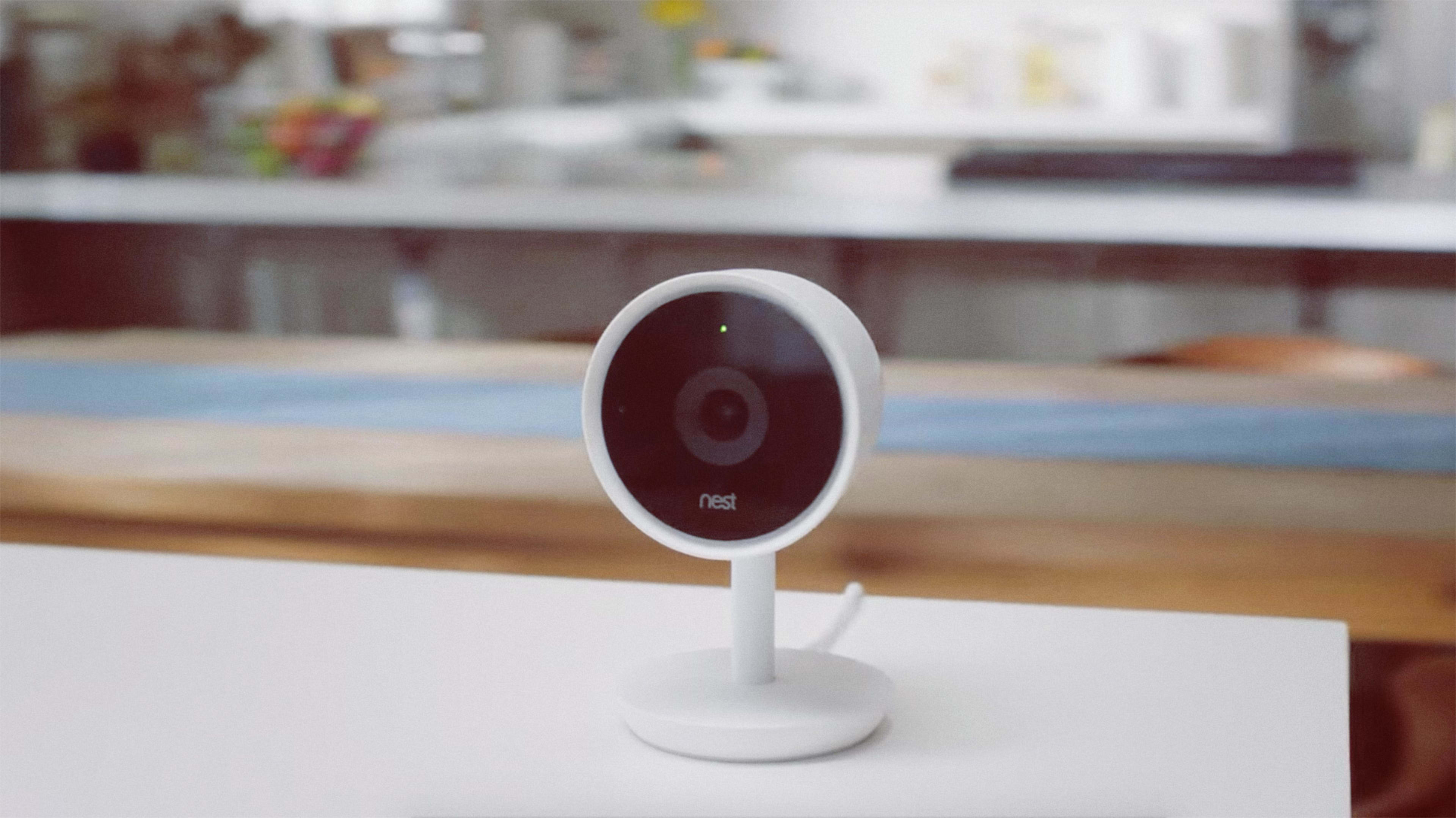More than any other company, Nest Labs established the modern smart-home vision when it released its thermostat in 2011. But in the years since Google bought the startup for $3.2 billion in 2014, Nest has released far fewer new products than most people might have expected. Aside from the weather-resistant outdoor Nest Cam that it announced last July, it feels like it’s been an unnaturally long time since Nest has released anything new. (The biggest Nest headline of 2016 was not a product announcement but the departure of its cofounder, Tony Fadell.)
Now the company is announcing a new top-of-the-line security camera, the Nest Cam IQ, which will retail for $299 (or $498 for a two-pack) and is due to ship at the end of June. (The existing Nest Cam Indoor and Outdoor models remain on the market at $199 apiece.) Like previous Nest Cams, the new model descends from the products made by Dropcam, which Nest acquired in 2014. But Maxime Veron, Nest’s director of product marketing, told me that it’s been working on this new camera for more than two years. And the changes on both the hardware and software fronts are significant.
That the Nest IQ is more than a minor refresh is obvious the moment you lay eyes on it. Available in one color–white–it’s far slicker than previous Nest Cams, with a new gooseneck design and weighted base that make it easier to position and leave it more likely to pleasantly blend in with your home’s decor. It looks like a pint-sized, borderline-anthropomorphic desk lamp a la Pixar’s Luxo Jr., a comparison I’m sure I won’t be the only person to make. Nest even designed its own custom USB-C cable, with a connector that sits flush with the base rather than sticking out.

More Pixels, More Intelligence
The camera includes a 4K image sensor, the ability to stream 1080p video, and 12X digital zoom that–in the demo Veron recently gave me–provides a crisp picture even if you magnify the view to its maximum detail. Improved speakers and microphones are designed to let the camera work better as a remote-control speakerphone that lets you communicate with people within its range.
As with Lighthouse’s recently announced security camera, much of what’s new about the Nest Cam IQ leverages machine learning, allowing the camera to not only stream video but understand what it’s streaming. If it detects motion, it can tell if it’s a pet or a person, using algorithms that run inside the camera rather than relying on the cloud; if it’s a person, it will automatically show you a face close-up. A feature called Supersight lets it pan and zoom to follow a person around the room–a capability that you might hope you’ll never actually need, but which could come in handy if you find yourself needing to identify an intruder.
If you subscribe to the for-pay Nest Aware service, the camera will also be able to send you audio alerts if it hears a person talking or a dog barking, and will let you train its facial-detection feature to distinguish between known persons (such as your kids) and strangers (like a burglar).

Veron says that the Nest Cam IQ’s newfound machine-vision skills capitalize on the vast amount of video ingested by the company’s existing cameras, which stream 2,000 years of video a day and detect 9 billion people a year. They also leverage some of the same technology as Google Photos–though Veron was quick to add that Nest runs the code on its own servers rather than intermingling its data with Google’s.
Despite the fact that Nest hasn’t exactly flooded the market with products, its brand remains strong: Veron showed me stats, which show it as the name most associated with the smart home by consumers, beating out Samsung, Google, and Amazon. He says that the Nest Cam IQ’s emphasis on premium design and advanced features add up to a statement about what Nest wants to be: “As a leader, we feel a responsibility to educate people and come out with products that lead by example.”
Recognize your brand’s excellence by applying to this year’s Brands That Matter Awards before the early-rate deadline, May 3.
